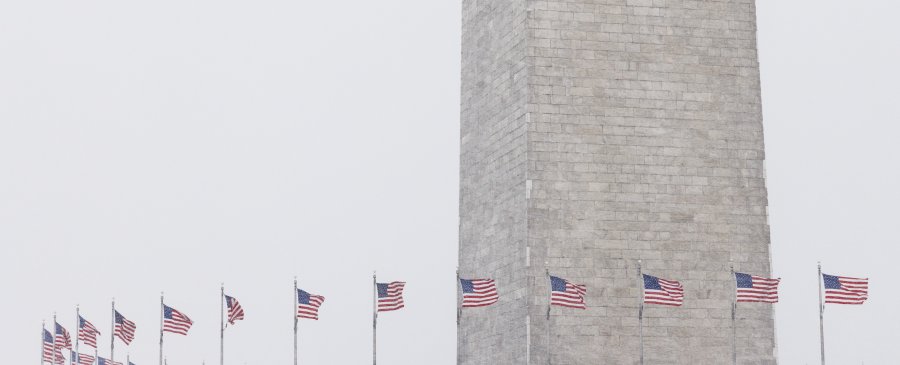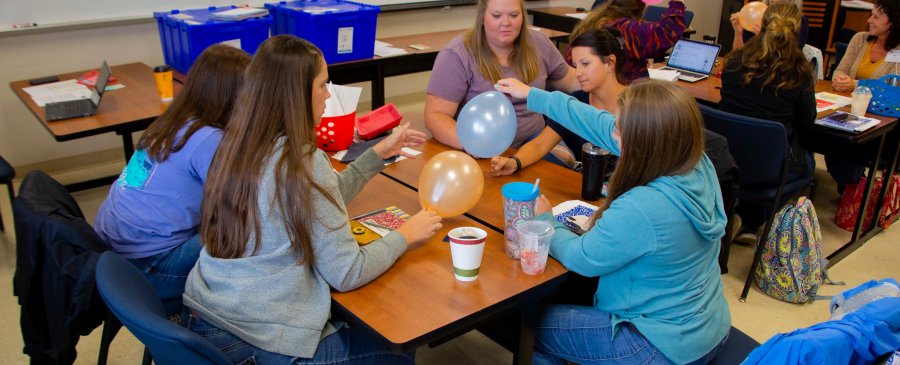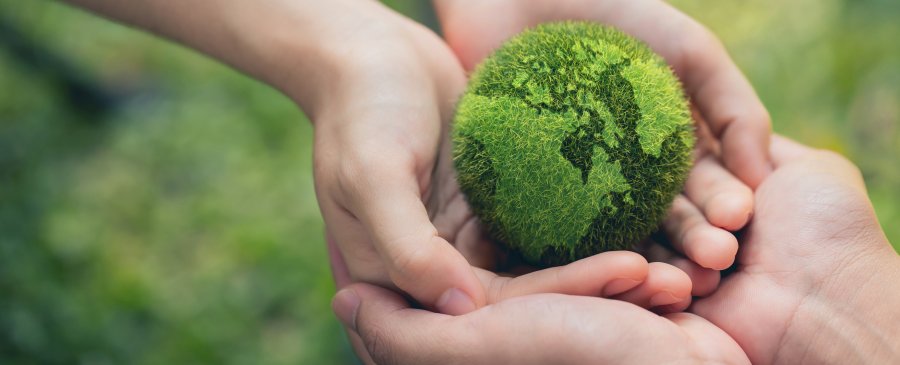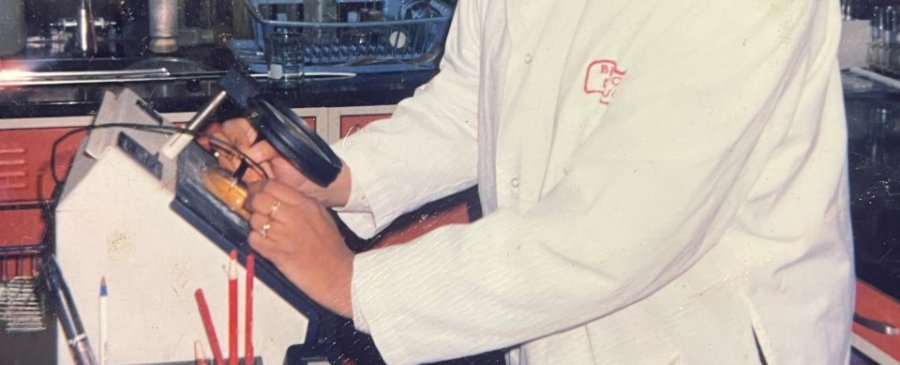Last month, the Smithsonian Science Education Center convened educators for the Objects of Inquiry: Using Smithsonian Collections and Resources in the STEM Classroom virtual workshop. We were excited to host an engaged group of educators from across multiple countries, for a day-long professional development workshop to learn how to use Smithsonian’s vast collections and resources in their classroom.
SSEC’s 40th! On May 6, 2025, SSEC’s Lapp-Keiser Director, Dr. Carol O’Donnell, and colleagues celebrated 40 years of excellence in Science Education. The all-day extravaganza began at NMAAHC for an introductory morning of hands-on learning with close friends of the Center participating with staff as they engaged school groups in a set of SSEC hands-on learning experiments. This then spilled into a wonderfully warm afternoon of STEAM tours across the Smithsonian, with a huge thank you to NMNH and NZCBI for their expertise in leading the tours.
DC <> SxSW! Director Carol O’Donnell attended the annual South by Southwest Education Conference in Austin, Texas, and sat on a panel where she discussed to break down solutions on career-focused credentialing, K-12 STEM experiential learning, and partnerships that connect talent to opportunity.
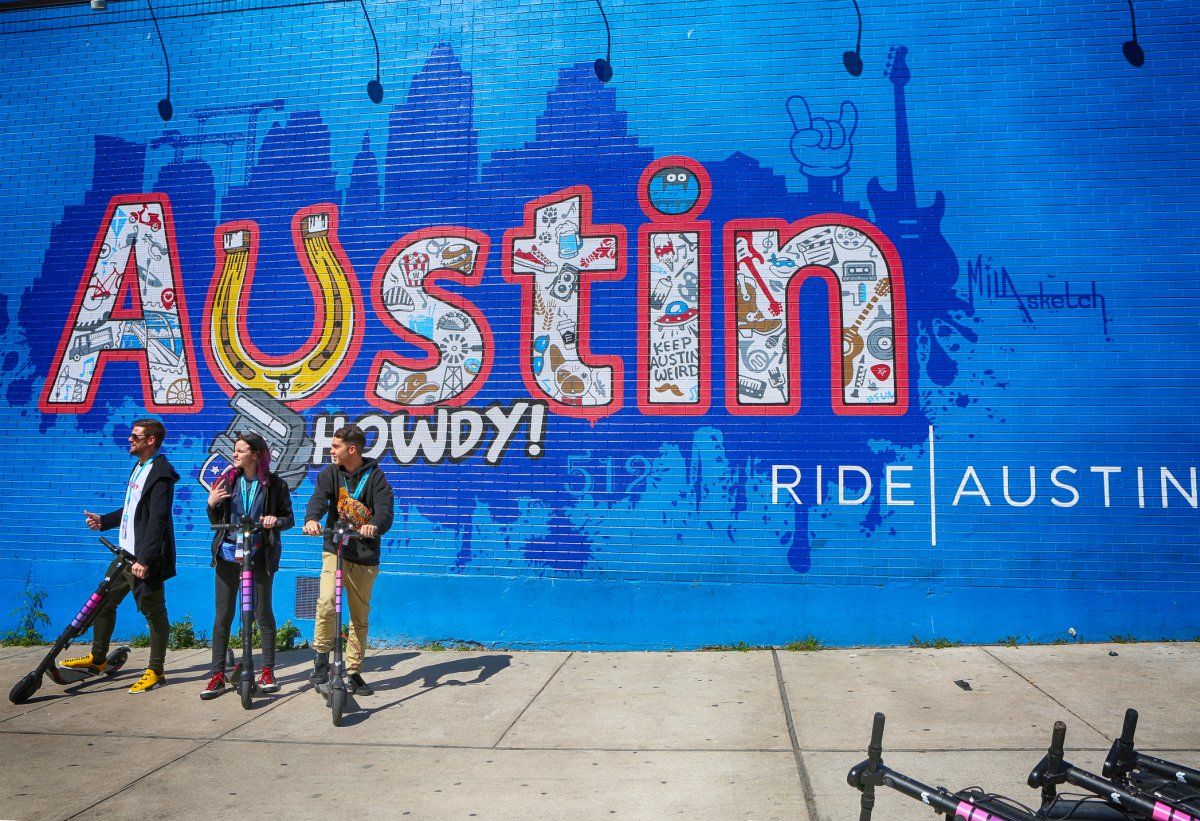
PA INTERMEDIATE! SSEC Unit Director Dr. Carol O’Donnell gave a speech to Pennsylvania intermediate teaching units on the Smithsonian Science Education Center’s Gallup Report on Educating for Sustainably Development. The speech also highlighted how the Smithsonian Science for Global Goals program aligns with PA Science Technology Engineering, Environmental Literacy and Sustainability (STEELS) standards.

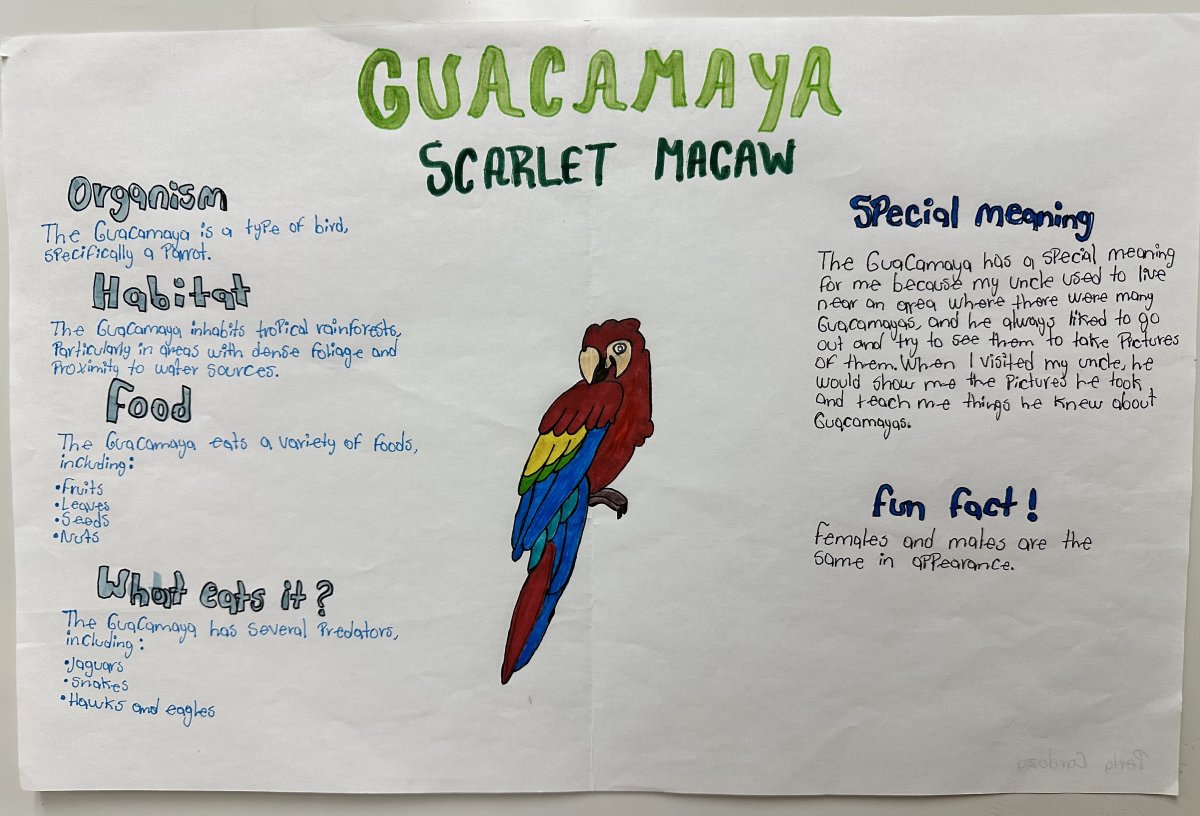
Written by Kristine Novero McCaslin
Engaging lesson plans, assessment questions, hands-on activities, and lab experiments. These are the key components I consider when planning science lessons. But as I have evolved as a science teacher, I realized that culture is also an integral component in helping us understand and connect to the world around us.
Without scientists from Latin America, we would still be in the dark about why and how the dinosaurs were pushed to extinction.
Sustainability Education at the Smithsonian National Education Summit! Dr. Carol O’Donnell, along with her collaborators Frank Niepold (NOAA) and Anita Krishnamurthi (Afterschool Alliance) held a session during the Smithsonian National Education Summit titled Educating for Sustainable Development: Teachers’ Perspectives.
A Smithsonian educator explains what it takes for athletes to win foot races in record time at the Olympics and on tracks around the world.
Tales from the Himalayas: The Smithsonian Science Education Center hosted the Smithsonian Women’s Committee, which featured a presentation from former National Geographic photographer Anne Keiser. Anne shared the fascinating story of her personal relationship with Sir Edmund Hillary, who was the first to summit Everest along with his climbing partner, Tenzing. Anne detailed how, after the historic summiting, Hilliary pledged his fame and years of his life to supporting the Sherpa population, without whom modern Everest expeditions would be impossible.
Oak Ridge Associated Universities: Director of the Smithsonian Science Education Center (SSEC) Dr. Carol O’Donnell attended the annual meeting with Oak Ridge Associated Universities in Knoxville, TN. Her panel comments and talk drew on the Smithsonian-Gallup survey data “Educating for Sustainable Development: Perspectives of U.S. and Global Educators” and the work of the “Smithsonian Science for Global Goals” project to advance students future-ready skills and knowledge.
Colgate University visits the Smithsonian: On January 17th 30 undergraduate students traveled to the Smithsonian with their professor Dr. Karen Harpp of the Earth & Environmental Geosciences Department of Colgate University. The students spent the morning at the Smithsonian Science Education Center discussing climate education. Dr. Carol O'Donnell presented to students after presentations by Pierre Comizzolli and Ashley Naranjo.
In October of 2019, the Smithsonian Science Education Center (SSEC) was awarded an early-phase Education Innovation and Research (EIR) grant from the U.S. Department of Education. We were excited to begin our project providing Smithsonian Science for the Classroom curriculum and professional development to teachers. How could we have predicted that mere months later a global pandemic would wreak havoc on classroom learning worldwide?
Smithsonian Science Education Center attended Climate Week in New York City with representatives from Smithsonian including SERC, STRI, SSEC, and NMNH.
During the week’s events, the Smithsonian Science Education Center brought K-12 sustainable development education to a global stage and joined the discussion on advancing the Global Goals. Some of the events included:
Integrating Climate Literacy into Your Classroom – On July 19, 2023, the Smithsonian Science Education Center (SSEC) co-hosted two in-person sessions at AIB for th 2023 Smithsonian National Educational Summit under the “Life on a Sustainable Planet” conference stand. To begin, Dr. Carol O’Donnell moderated a Deep Dive panel focused on Addressing Climate Literacy in L-12 Schools, featuring panelists Dr.
The next year offers the highly unusual opportunity to see two eclipses of the Sun in North America – a solar eclipse “Double Header.” An annular (ring of fire) eclipse occurs on October 14, 2023, followed by a total eclipse on April 8, 2024.

Start the school year with free sustainability-minded, innovative, and inclusive K-12 educational resources from the Smithsonian Science Education Center, our fellow Smithsonian Institutions, and STEM agencies from across the federal government.
July is Disability Pride Month, an opportunity to celebrate people with disabilities, amplify their voices, and advance visibility in their communities. To highlight this important time, hear from the Smithsonian Science Education Center (SSEC)’s lead graphic designer Sofia Elian, who develops illustrations and graphics across multiple platforms for digital projects such as apps, e-books, and games, on navigating this role as someone with an invisible disability.
2023 Nobel Prize Summit: The Smithsonian Science Education Center conducted a 2- hour session on “Trust in Science” featuring the Smithsonian Science for Global Goals project at the 2023 Nobel Prize Summit. This Summit was hosted by the Nobel Foundation and the National Academies of Science, Engineering, and Medicine (NASEM) and was held May 24-26, 2023, in Washington, DC, both virtually and in-person.
Throughout mankind’s history we have looked to the sky for inspiration, navigation, and guidance in understanding our world. Astronomical phenomena have influenced our creation myths and religions. The magnificent display of a lunar eclipse has impacted cultures and inspired fear throughout mankind's past. The lunar eclipse is one of the most documented astronomical occurrences in history. For thousands of years, civilizations have been observing its red glow and attributing meaning to the sight.
So often we are told to put students at the center of the learning process and encourage them to be critical thinkers. But what does this mean in practice? Probably every educator has struggled with this aspiration. We know the idea of critical thinking is important, but the question that remains is how can we use education to develop critical thinking skills?
As a Brazilian student, I have a very clear example that I look up to: Paulo Freire. His revolutionary methodology is a useful tool for teachers from around to world who want to contribute to social empowerment
The Smithsonian Science Education Center (SSEC) launched the Smithsonian Science for North and South Carolina Classrooms program in 2019 with a U.S. Department of Education early phase Education Innovation and Research (EIR) grant.
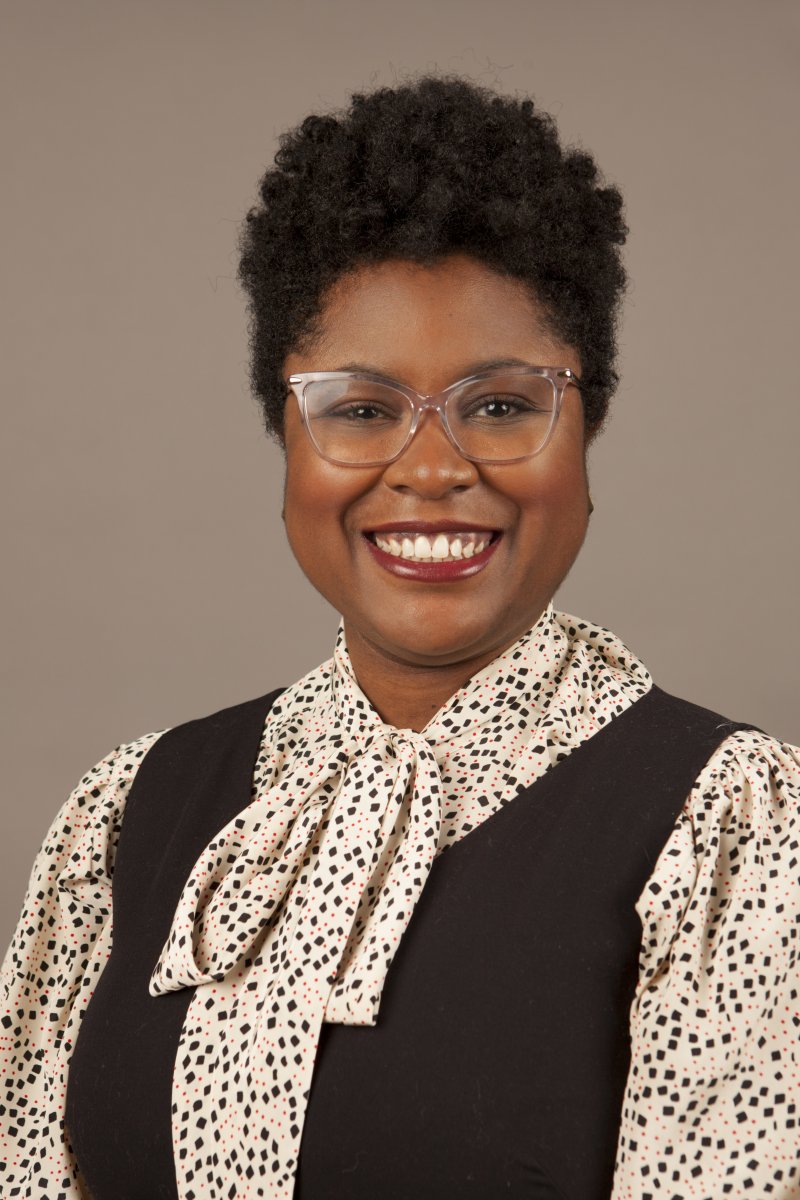
Introducing Shannon Brogdon-Grantham, Photo Conservator at the Smithsonian Museum Conservation Institute, A pioneering woman in STEM, Shannon uses science to restore and preserve our past for future generations while enriching our present.
To celebrate Black History Month, SSEC is spotlighting remarkable African American women in science, technology, engineering, and mathematics, beginning with Robin Kumoluyi, microbiologist and Vice President and Chief Quality Officer, Pharmaceuticals at Johnson & Johnson.
The Smithsonian Science Education Center (SSEC) launched the Smithsonian Science for North and South Carolina Classrooms program in 2019 with a U.S. Department of Education early phase Education Innovation and Research (EIR) grant.
Smithsonian Science Education Center Director, Dr. Carol O'Donnell, delivered the commencement speech at the University of Pittsburgh December 2022 Graduation. Dr. O'Donnell is at 1983 graduate of the University of Pittsburgh's teacher education program. Details on the graduation can be found here: https://www.education.pitt.edu/student-services/graduation/d...
You may be familiar with the action-focused aim of the Smithsonian Science for Global Goals guides. As explained by Laurie Rosatone, Division Director of Curriculum, Digital Media, and Communications at the Smithsonian Science Education Center (SSEC), the goal is “to have anyone picking up these guides feel like there is something that they want to and can do and that they can act in their local communities around these huge global challenges.”
Smithsonian Science Education Center Director Carol O'Donnell co-authored a public report on convergence education. The report is titled Convergence Eduation: A Guide to Transdisciplinary STEM Learning and Teaching on STEM Education and was released by the Interagency Working Group (IWCG) on Convergence Federal Coordination in STEM Subcommittee Committee on STEM Education of the National Science and Technology Council. In the report the IWCG developed a definition and overarching guidance related to convergence education.
- 1 of 13
- next







